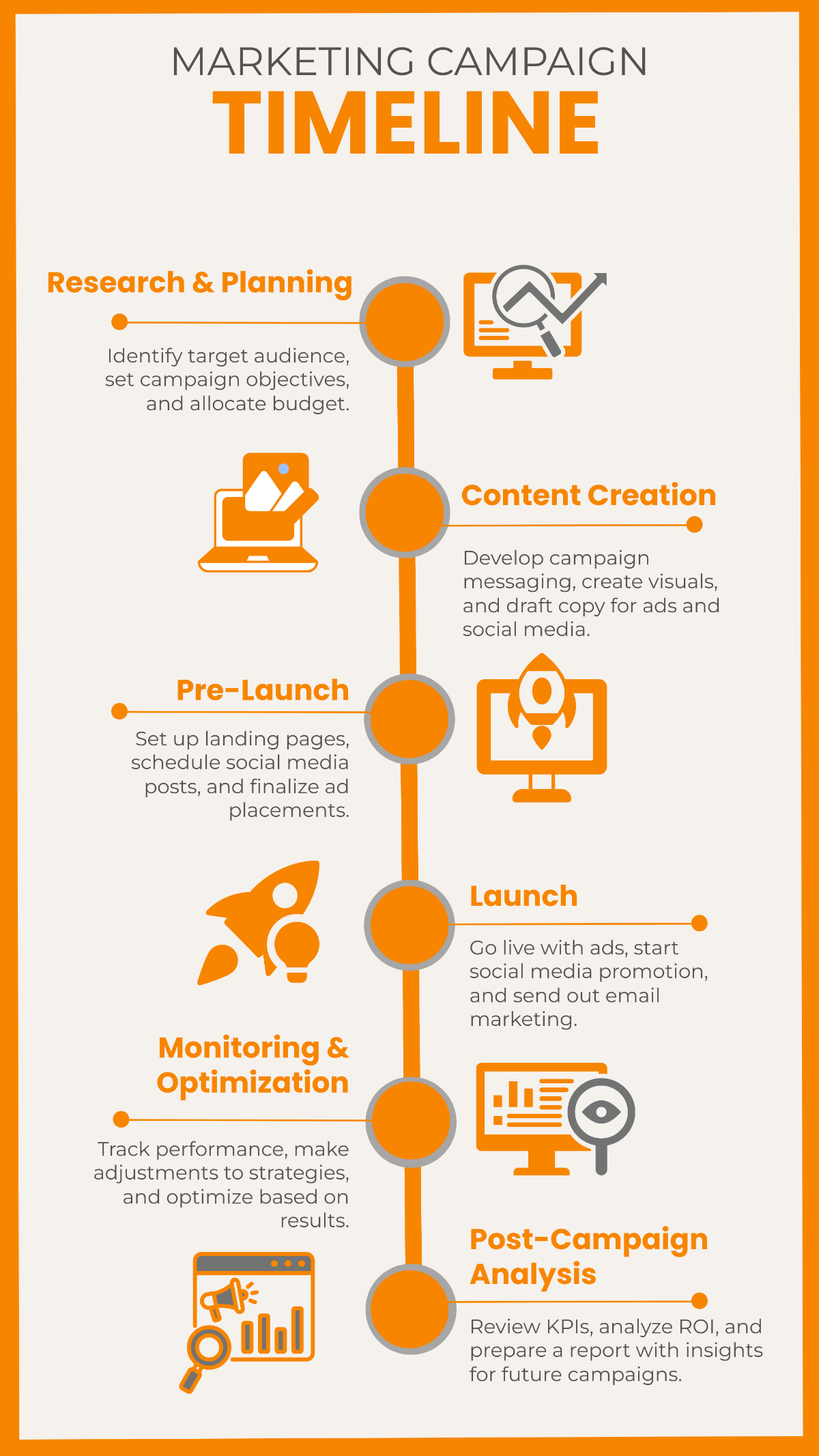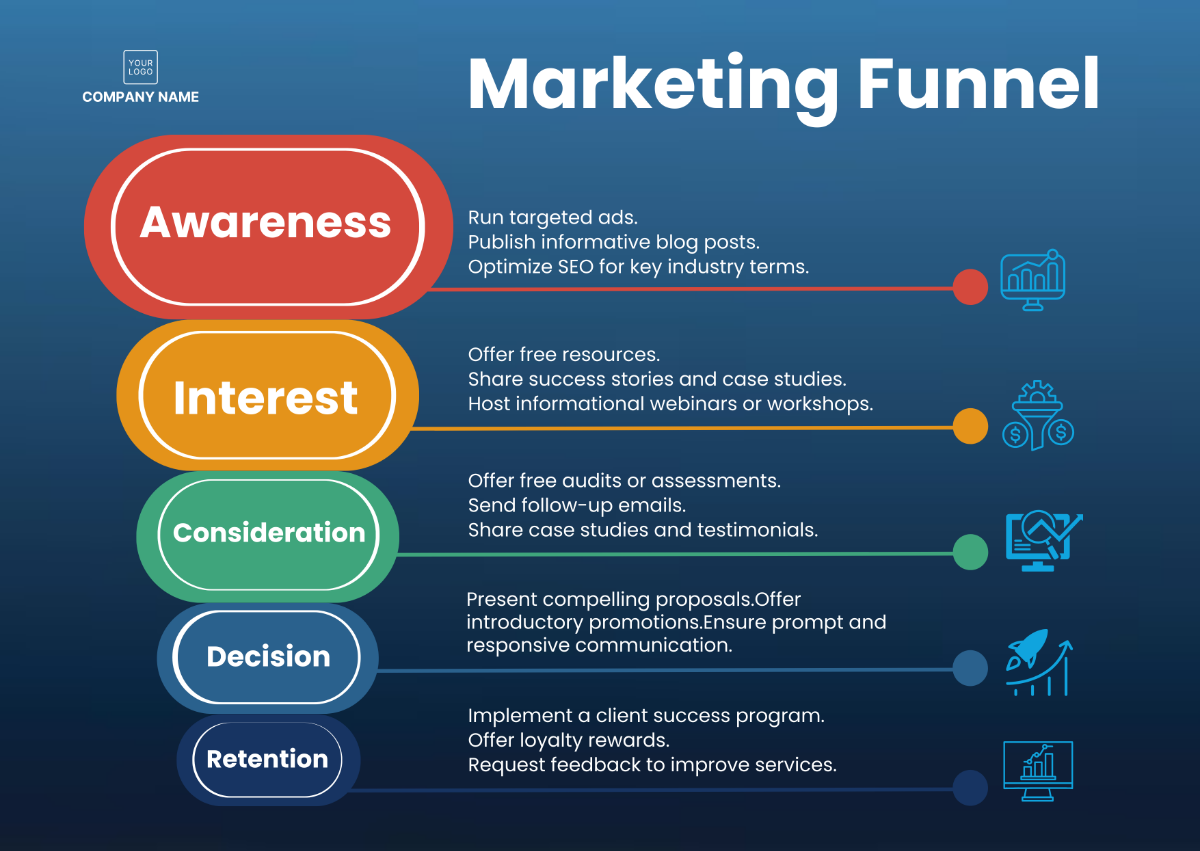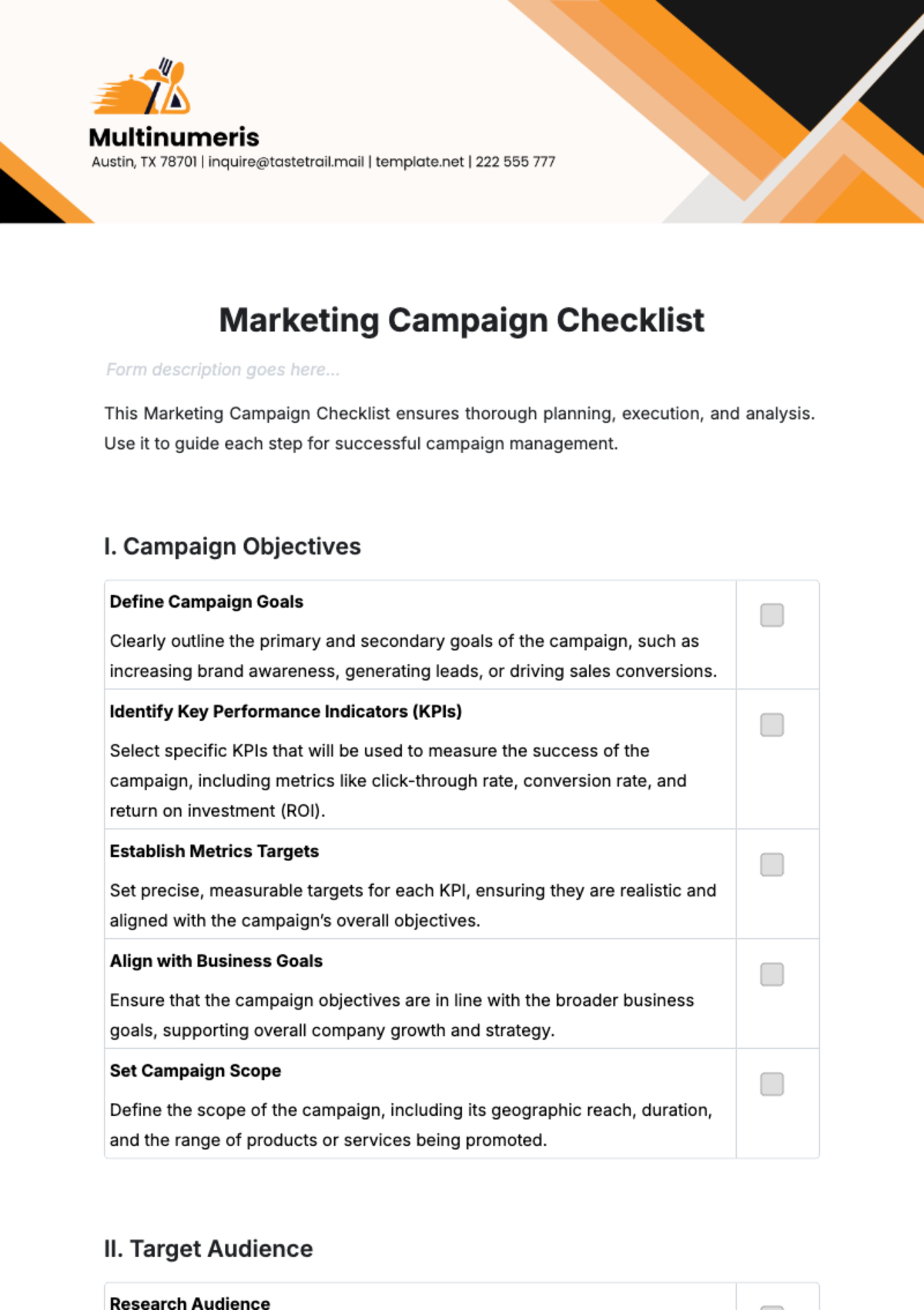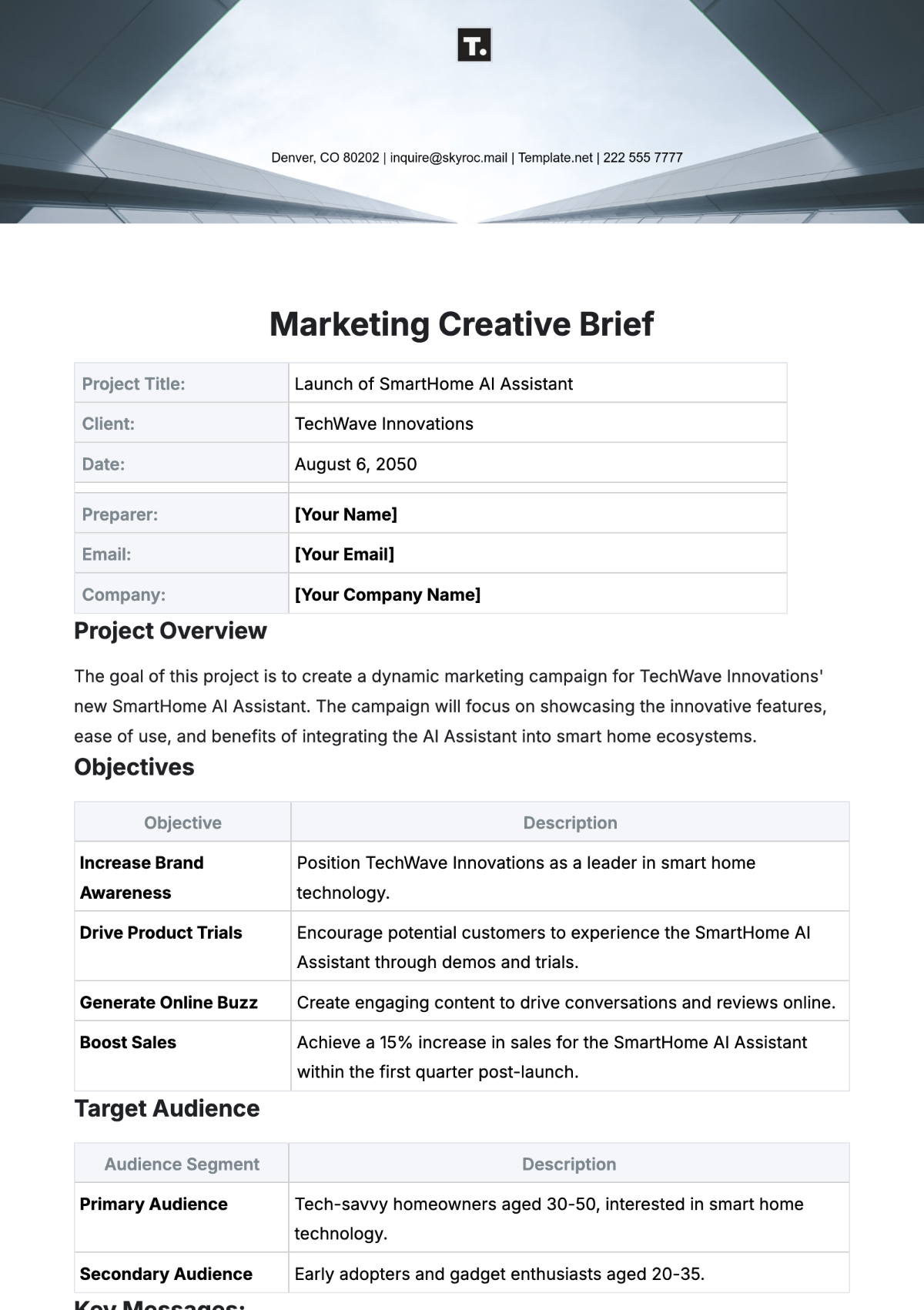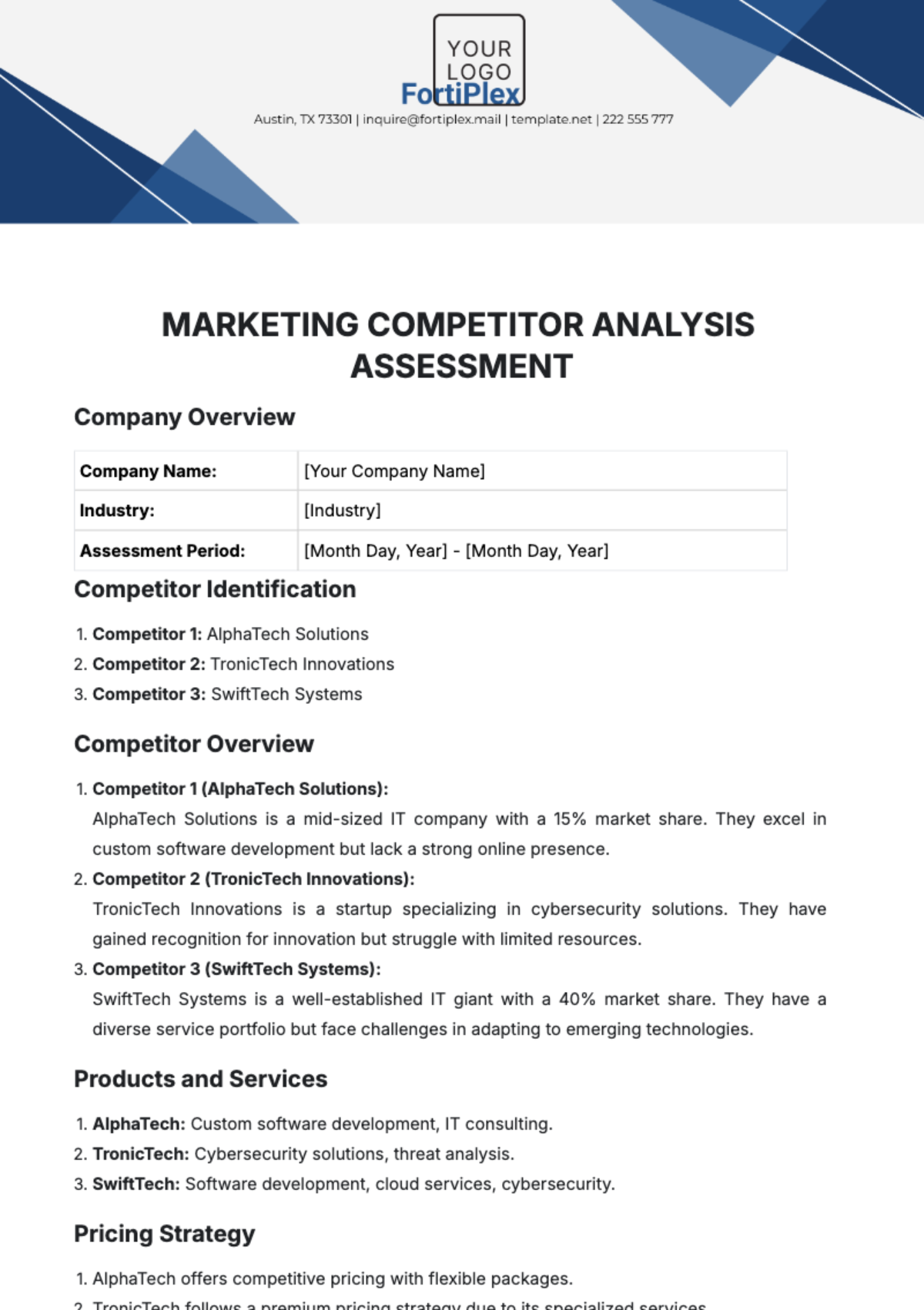Marketing Metrics Journal
I. Introduction to Marketing Metrics Journal
A. Purpose and Scope:
In the ever-evolving landscape of marketing, data-driven decision-making has emerged as the cornerstone of success. Welcome to the Marketing Metrics Journal—a precise and comprehensive tool meticulously designed to empower marketing professionals with the knowledge and discipline needed to navigate this data-rich terrain. In a world where the difference between success and obscurity hinges on the mastery of marketing metrics, this journal will be your guiding compass.
Statistical Insight:
The significance of data in marketing cannot be overstated. According to a recent survey by Forbes, companies that use data-driven marketing are six times more likely to experience year-over-year growth rates higher than their competitors. This journal equips you with the skills and framework to capitalize on this advantage.
B. Importance of Tracking Metrics:
The allure of marketing lies in its ability to bridge the gap between businesses and their customers. However, in today's dynamic and digitally charged marketing landscape, the art of marketing has intertwined itself with the science of metrics. Understanding the profound importance of tracking these metrics is the critical first step toward refining your marketing strategies.
Case in Point:
Consider the case of Company X, a mid-sized e-commerce retailer. By meticulously tracking customer acquisition costs and customer lifetime value, they discovered that a particular advertising channel was underperforming. Shifting their resources to a more profitable channel led to a 20% increase in ROI within three months.
Research Findings:
Research by the American Marketing Association indicates that companies that prioritize data-driven marketing strategies have a 15-20% higher return on marketing investment (ROMI) than those that don't.
C. Target Audience:
The Marketing Metrics Journal is tailored for a diverse spectrum of marketing professionals, from seasoned marketing managers with years of experience to budding analysts and ambitious marketing enthusiasts embarking on their careers. Regardless of your tenure in the field, this journal is your invaluable companion on the path to mastering marketing metrics.
Facts Matter:
As per a study by Gartner, organizations that embrace a data-driven culture outperform their peers by a staggering 85% in sales growth and more than 25% in gross margin.
D. Structure of the Journal:
To ensure a comprehensive and effective journey through the world of marketing metrics, this journal is meticulously organized into five essential sections, each with a specific focus. These sections are ingeniously designed to provide you with the foundation, tools, real-world insights, and self-reflective exercises needed to become a true maestro of marketing metrics.
Prepare to embark on this enlightening journey, as we delve into the core of marketing's new frontier—a realm where data reigns supreme, decisions are grounded in evidence, and success is not left to chance but sculpted with precision.
II. Setting the Metrics Foundation
Before embarking on a journey, one must ensure they have a sturdy foundation to build upon. In the world of marketing metrics, this foundation is comprised of clarity, relevance, and accuracy. In this section, "Setting the Metrics Foundation," we'll guide you through the essential steps to establish a solid base for your metrics journey.
A. Defining Key Marketing Metrics:
At the heart of effective metrics tracking lies a clear understanding of what truly matters to your business. Metrics aren't mere numbers; they are the vital signs of your marketing health. In this section, we will assist you in identifying and defining the Key Performance Indicators (KPIs) that align seamlessly with your unique marketing objectives.
Every metric should have a purpose—a role to play in advancing your marketing strategy. Whether it's customer acquisition, brand awareness, or lead generation, understanding how each metric fits into the larger picture is essential.
B. Selecting Metrics Relevant to Your Business Goals:
In the vast ocean of available metrics, not all are relevant to your specific goals. We will delve into the meticulous process of selecting metrics that have a direct and meaningful impact on your business objectives. This strategic alignment ensures that your efforts are not dispersed but focused, yielding results that matter.
Selecting metrics necessitates precise goal-setting. We will guide you through the art of setting clear, measurable objectives that serve as beacons on your metrics journey. This precision is the bedrock upon which effective metrics tracking is built.
C. Establishing Baseline Metrics:
Imagine embarking on a journey without knowing your starting point. Establishing baseline metrics provides that crucial reference point. Before you can measure progress and improvement, you must know where you currently stand. We will illuminate the process of establishing baseline metrics, providing you with a clear vantage point for future analysis and growth.
Baseline metrics aren't just static data points; they are the initial coordinates in your journey toward success. They allow you to quantify progress and measure the distance you've traveled.
D. Data Collection and Management:
Accurate data is the lifeblood of metrics tracking. It's not merely about collecting data; it's about gathering the right data in the right way. In this section, we'll discuss data collection methods, tools, and best practices for maintaining a clean and reliable dataset.
Inaccurate or unreliable data can lead to misguided decisions. We will explore strategies to ensure data integrity, covering aspects such as data validation, storage, and security. Your metrics are only as robust as the data they are built upon.
Best Practices Checklist
Best Practice | Adherence |
Define clear marketing objectives | |
Identify relevant key performance indicators | |
Establish baseline metrics | |
Use consistent data sources | |
Implement robust data collection methods | |
Regularly update and review metrics | |
Analyze trends and patterns | |
Make data-driven decisions | |
Share metrics insights with the team |
In the realm of marketing metrics, the journey to success begins with a well-established foundation. This section will equip you with the knowledge and tools needed to lay that foundation—one that is clear, relevant, and built upon the bedrock of accurate data. With this foundation in place, you'll be prepared to embark on the metrics journey with confidence and precision.
III. Tracking and Analyzing Marketing Metrics
In the world of marketing metrics, the ability to track and analyze data is the compass that guides your decisions and actions. In this section, "Tracking and Analyzing Marketing Metrics," we delve deeper into the art and science of understanding your marketing performance. Here, consistency, interpretation, and insight reign supreme.
A. Daily, Weekly, and Monthly Metrics Tracking:
Marketing is a dynamic realm where changes occur swiftly. To stay ahead, you must maintain a real-time understanding of your marketing performance. In this segment, we explore the importance of tracking metrics on a daily, weekly, and monthly basis. By doing so, you keep your finger on the pulse of your marketing endeavors, promptly identifying shifts and trends.
Daily tracking offers granularity, enabling you to pinpoint precisely when changes occur. Weekly and monthly tracking, on the other hand, provides a broader view, helping you understand longer-term trends.
B. Metrics Analysis Techniques:
Tracking metrics is just the first step; the true power lies in interpretation. In this section, we embark on a journey to explore various analysis techniques. We will unravel the art of transforming data into actionable insights that steer your marketing strategies toward success.
Visualizing data can be a potent tool. We will discuss techniques such as graphs, charts, and dashboards that make complex data more digestible. Visualization allows for quick pattern recognition and aids in conveying insights to stakeholders.
C. Identifying Trends and Patterns:
Metrics, when observed keenly, tell a story. Understanding these stories requires the ability to identify trends and patterns. In this segment, we illuminate the process of discerning recurring trends within your data. This skill is crucial in grasping the nuances of your marketing campaigns.
Identifying trends isn't merely about spotting coincidences. We delve into the concept of statistical significance, ensuring that the patterns you identify are robust and actionable.
D. Making Informed Decisions Based on Metrics:
In the world of marketing, metrics aren't just numbers; they are the catalysts for informed decision-making. In this section, we provide guidance on using your data to make judicious marketing decisions. From budget allocation to campaign optimization, metrics should be the compass guiding your choices.
Metrics aren't valuable unless they lead to action. We will discuss how to distill insights from your data that are not only informative but actionable, driving your marketing strategies toward tangible results.
As you delve into the heart of "Tracking and Analyzing Marketing Metrics," remember that the insights you glean from your data are the compass that steers your marketing ship. It's not just about collecting numbers; it's about understanding their story, interpreting their messages, and letting them guide you toward marketing excellence.
IV. Case Studies and Best Practices
While the knowledge of tracking and analyzing marketing metrics is invaluable, real-world examples and industry best practices can illuminate the path to excellence. In this section, "Case Studies and Best Practices," we delve into the practical side of metrics application. Through real success stories, best practices, cautionary tales, and ROI-boosting strategies, you'll gain actionable insights to refine your metrics journey.
A. Real-world Marketing Metrics Success Stories:
In the realm of marketing metrics, success stories are a treasure trove of insights. In this segment, we present you with real case studies where businesses have harnessed the power of metrics to achieve remarkable marketing results. These stories serve as a source of inspiration, offering practical takeaways that you can apply to your own marketing endeavors.
Real-world success stories demonstrate that metrics aren't abstract concepts but potent tools that can drive tangible outcomes. They showcase how metrics can lead to increased customer engagement, revenue growth, and brand recognition.
B. Industry Best Practices in Metrics Tracking:
Marketing metrics vary across industries, and what works in one may not work in another. To excel, it's essential to align your metrics tracking with industry best practices. In this section, we uncover industry-specific best practices and guide you in benchmarking your metrics tracking against the leaders in your field.
Industry best practices ensure that your metrics efforts are tailored to the specific challenges and opportunities of your sector. Whether you're in finance, healthcare, or e-commerce, understanding these practices allows you to make more informed decisions.
C. Common Pitfalls to Avoid:
Success stories are inspirational, but sometimes, it's equally crucial to learn from the mistakes of others. In this segment, we highlight common pitfalls in metrics tracking and provide strategies to steer clear of them.
Avoiding pitfalls is akin to navigating through treacherous waters with a well-drawn map. It ensures that you don't fall into the same traps that have hindered the progress of others.
D. Practical Tips for Maximizing ROI through Metrics:
Metrics are not just tools for measuring performance; they are catalysts for maximizing your marketing return on investment (ROI). In this section, we explore practical tips and strategies for using metrics to their fullest potential. From optimizing ad spend to enhancing customer engagement, these insights will help you enhance your ROI.
Practical tips are your bridge from theory to action. They provide you with actionable steps to transform metrics insights into tangible results, making every metric count toward your bottom line.
In the realm of marketing metrics, knowledge is essential, but practical application is paramount. Through case studies, industry best practices, lessons from mistakes, and ROI-boosting strategies, you'll not only understand the metrics landscape but also be equipped to harness its full potential. This section is your toolkit for turning metrics into measurable success.
V. Journal Entries and Reflections
In the pursuit of mastery, reflection, and documentation are vital. In this concluding section, "Journal Entries and Reflections," we transition from theory to practice. Here, we put pen to paper (or fingertips to keyboard) to translate knowledge into action. Through daily entries, weekly and monthly summaries, reflections, and future goal setting, you'll actively engage with your metrics journey, ensuring that insights translate into meaningful improvements.
A. Daily Journal Entries for Metrics Tracking:
A Chronicle of Progress: Tracking metrics is an ongoing journey, and each day presents new opportunities and challenges. In this section, you are encouraged to record daily metrics diligently. This practice provides a continuous record of your marketing performance over time, helping you detect subtle changes and patterns.
The Value of Consistency: Consistency in journal entries is the bedrock of effective metrics tracking. It allows you to capture the ebb and flow of your marketing efforts, facilitating in-depth analysis.
Metrics Comparison Table
Metric | Current Value | Baseline Value | Change | Status |
Website Traffic | 15,000 | 12,500 | +20% | Improvement |
Conversion Rate | 3.5% | 4.0% | -12.5% | Decline |
Email Open Rate | 25% | 22% | +13.6% | Improvement |
Social Media Likes | 8,500 | 9,000 | -5% | Decline |
Cost per Acquisition | $45 | $50 | -10% | Improvement |
Return on Investment | 18% | 15% | +20% | Improvement |
B. Weekly and Monthly Summaries:
From Data Points to Insights: While daily entries capture the details, weekly and monthly summaries step back to provide a broader perspective. Use this space to summarize your insights, noting any trends, surprises, or areas for improvement that emerged during the week or month.
Contextualization: Summaries contextualize your daily data. They help you discern whether changes are temporary blips or significant shifts worthy of attention.
C. Reflections and Lessons Learned:
In the Mirror of Metrics: Metrics are not just about numbers; they are mirrors reflecting your strategies' efficacy. In this section, take a step back and reflect on your metrics journey. What have you learned? What changes have you made based on your metrics analysis? What worked, and what didn't?
Wisdom from Experience: Reflections distill wisdom from experience. They help you internalize the lessons learned from your metrics journey, making you a more astute marketer.
D. Goal Setting and Future Metric Planning:
From Insight to Action: Metrics insights should never be static. They should propel you toward action. In this segment, set new goals based on your insights and plan for future metric tracking. How can you improve? What new aspects should you monitor? This forward-looking approach ensures that you continue enhancing your marketing strategies.
Continuous Improvement: Goal setting and future planning are the engines of continuous improvement. They enable you to stay ahead of the curve and ensure that your metrics journey is an evolving, dynamic process.
In the world of marketing metrics, knowledge is but one piece of the puzzle. The missing piece is your active engagement with your metrics journey. Through daily entries, summaries, reflections, and forward-looking goal setting, you complete the picture, transforming insights into actionable strategies. This section is your guide to making metrics work for you, every day, every month, and in every future campaign.








